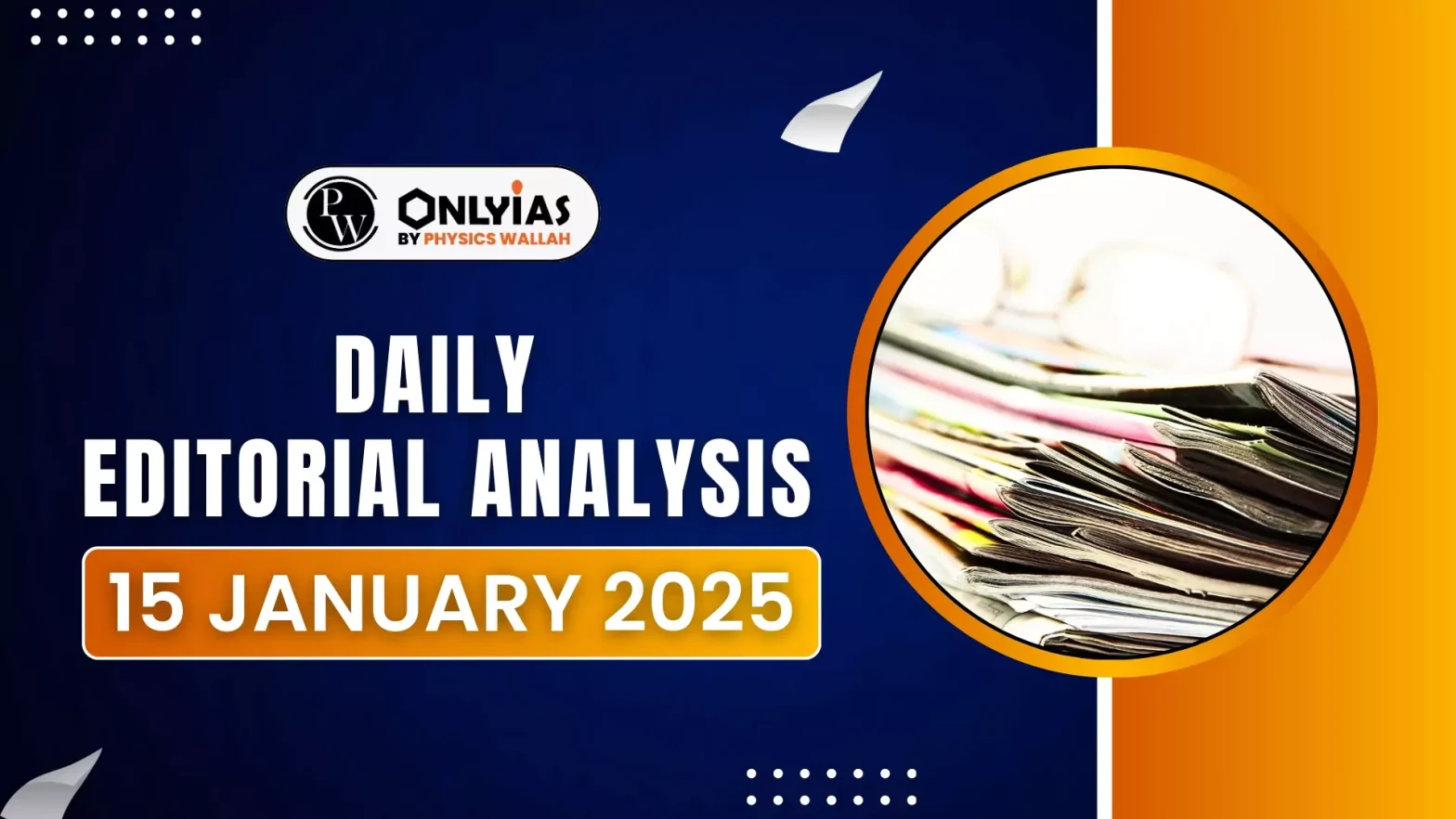Niti Aayog’s performance in these 10 years has been underwhelming, stymied by a combination of contextual and structural factors.
Global Context – A Changing World
Key Shifts
- Decline of neoliberalism: Events like the 2008 global financial crisis exposed the vulnerabilities of deregulated financial systems. These crises undermined trust in neoliberal policies, emphasizing the need for stronger state intervention.
Enroll now for UPSC Online Course
Neoliberalization
- Neoliberalisation refers to the process of adopting neoliberal economic policies, which prioritize free markets, deregulation, privatization, and reducing the role of the state in economic activities.
- Neoliberalisation means focus on globalization. India adopted this model in 1991 through Liberalisation, Privatization and Globalization
|
- Rise of de-globalization and populism:Disillusionment with globalization and free trade has led to the emergence of populist movements, which advocate for protectionist and nationalist policies.
- Rapid technological advancements and climate crisis
India’s Economic Reality
- Challenges
- Stalled structural transformation: The economy remains disproportionately reliant on agriculture, employing a large share of the workforce despite its declining contribution to GDP.
- The manufacturing sector has not grown sufficiently to absorb surplus labor from agriculture, limiting industrialization.
- The service sector, while a growth driver, has been unable to generate adequate low-skilled jobs.
- Persistent unemployment
- Regional disparities: Economic development is uneven, with significant gaps between states and regions. There is an increasing gap between the income of the states
- Informal sector reliance: A significant portion of the workforce operates in the informal economy, contributing to job insecurity and lack of social safety nets.
Impact
- Policymaking becomes increasingly complex in this turbulent scenario.
Formation and Vision of NITI Aayog
- Establishment: Established in January 2015, replacing the Planning Commission.In the cabinet resolution, it was stated that NITI Aayog would serve as a directional and policy-driving force, guiding the nation’s development agenda by driving transformative initiatives for inclusive growth.
- Mandate: Strategic policy direction and shared vision for national development, strengthened cooperative federalism.
- A shared vision is crucial in a diverse country like India, where states have varying developmental priorities and levels of industrialization.
- For instance, states like Bihar have a relatively low industrial base compared to more industrialized regions, necessitating a unified approach to address disparities and promote balanced growth.
- Focus areas: Policy advice, innovation, and addressing state-level priorities.
Check Out UPSC CSE Books From PW Store
Key Challenges in NITI Aayog’s Performance
- Political Context
- Suppression of independent research: Traditionally, academicians, civil society groups, and researchers have played a pivotal role in shaping economic planning in India.
- Landmark initiatives like MGNREGA and RTI emerged from active lobbying and contributions by these groups.
- However, in recent years, NITI Aayog has increasingly sidelined technical experts and civil society organizations in policymaking processes, limiting the diversity of perspectives.
- Over-reliance on private consultants:NITI Aayog increasingly relies on private management firms for consultancy, often at the expense of independent research.
- This trend has led to concerns about the suppression of data and findings that may portray the central government in an unfavorable light, undermining transparency and accountability in policy formulation.
- Structural Limitations
- Lack of budgetary powers: Unlike the erstwhile Planning Commission, which had budgetary authority and approved state plans, NITI Aayog lacks such powers.
- This limitation hampers its ability to engage in meaningful dialogue with states, as it cannot directly influence resource allocation or funding decisions.
- Non-binding recommendations:The recommendations made by NITI Aayog are advisory in nature and lack binding authority, limiting their enforceability and impact on policy implementation.
- Centre-State Coordination
- Absence of clear mechanisms for dialogue and cooperation: Previously, line ministries such as the Ministry of Agriculture or Ministry of Food had a well-defined mandate to coordinate with states, facilitating robust center-state collaboration.
- However, their roles have been significantly narrowed in recent years, resulting in reduced engagement with states and limited avenues for effective dialogue and cooperation.
- Inter-State Disparities
-
- Fiscal Devolution Formula: Richer states question the formula favoring poorer states. The fiscal devolution formula, which allocates central resources to states, has faced criticism from richer states.
- Southern states, in particular, have expressed concerns that their higher contributions to the national economy disproportionately fund poorer states like Bihar and Jharkhand, leading to perceptions of inequity in resource distribution.
- There is an increased trust deficit between the centre and state due to this.
- Impact: Growing regional inequalities and strain on federal relations.
- Case Example: Vijay Kelkar’s 2019 critique on fiscal imbalances
- Industrial Policy Vacuum: When liberalization, privatization, and globalization (LPG) were introduced in 1991, it was argued that India should forgo a formal industrial policy, allowing markets to operate freely.
- However, this approach has become outdated as countries like China have successfully leveraged well-defined industrial policies to drive economic growth and innovation.
- India now needs a coherent industrial strategy to remain competitive and foster sustainable development.
- Sporadic Initiatives: India’s PLI lacks coherence.
- Vision Document Limitations: India@75 and Three-Year Action Agenda lacked significant policy impact. The preparation of these documents lacked public consultation, excluding the voices of stakeholders such as citizens, civil society, and subject matter experts, which are essential for inclusive and transparent policymaking.
Future Requirements for NITI Aayog
- Financial Autonomy: NITI Aayog needs greater financial autonomy. If NITI Aayog is vested with financial powers to allocate funds to states, it would enhance its credibility and strengthen its role as a central institution for fostering cooperative federalism and driving effective policymaking.
- Research Capacity: Strengthened research capacity and implementation powers.
- Coordination Mechanisms: Improved coordination mechanisms with states
- Independent Research: Support for independent research and data quality enhancement
Enroll now for UPSC Online Classes
Conclusion
To strengthen its role in India’s evolving economic landscape, NITI Aayog must be empowered with financial autonomy, enhanced research capabilities, and robust coordination mechanisms with states.
![]() 15 Jan 2025
15 Jan 2025

